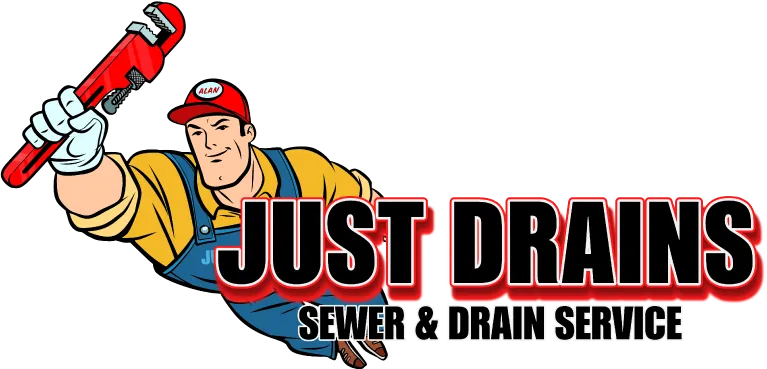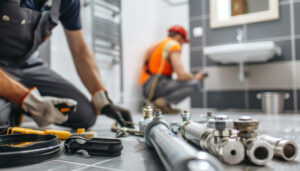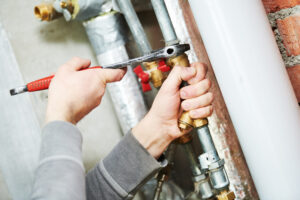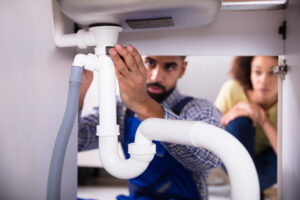The first time my kitchen sink clogged, I did what any rational person would do: panicked, then drove to the hardware store at 9 PM.
Twenty minutes later, I was pouring a neon blue liquid down my drain with the confidence of someone who clearly had everything under control.
By midnight, my sink was draining again. Victory!
Three weeks later, when the clog returned with a vengeance, I realized I’d made a rookie mistake that would end up costing me far more than a simple plumber’s visit.
The Corrosive Bargain We Make With Chemical Cleaners
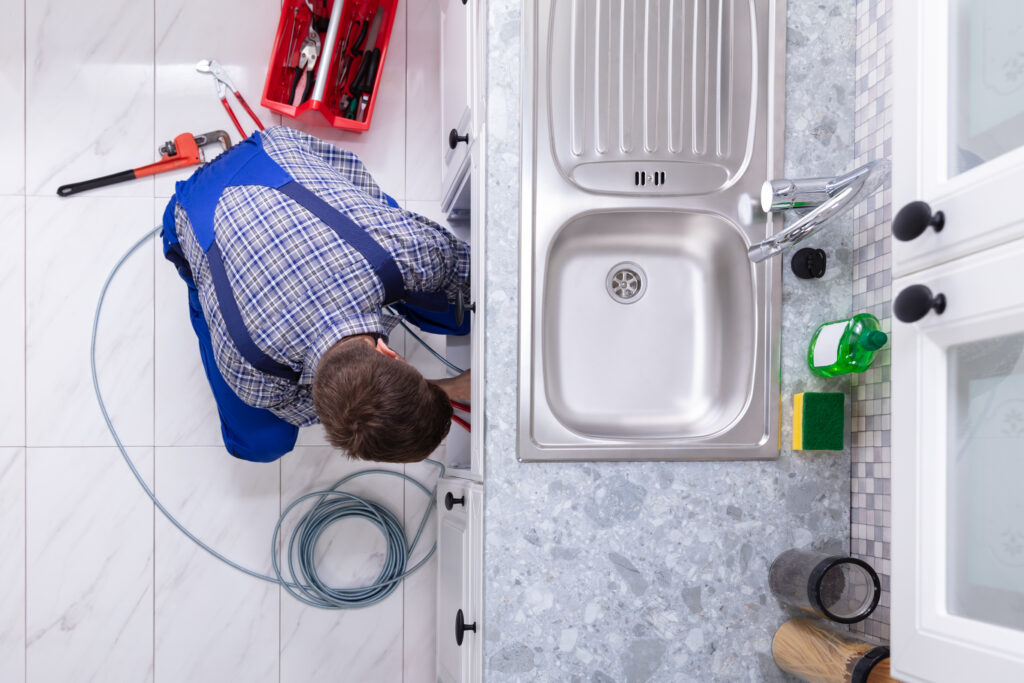
Is Your Clogged Sink In Need Of Assistance?
That bargain-priced bottle sitting on the store shelf makes a seductive promise – pour me in and walk away from your problems. What it doesn’t mention is the hidden transaction taking place inside your pipes. These cleaners typically contain either strong bases (like sodium hydroxide) or powerful acids (like sulfuric acid) that generate heat and chemical reactions to dissolve organic matter.
While they might clear today’s clog, they’re simultaneously aging your plumbing system years in minutes. I’ve watched a plumber slice open a section of pipe removed from a home where chemical cleaners were regularly used. The interior surface resembled a jagged moonscape – pitted, thinned, and compromised. “This is what liquid drain cleaner does to pipes over time,” he explained, pointing to areas where the pipe wall had thinned to almost nothing. “These weakened spots are just waiting to fail.”
The Half-Cleared Clog: A Plumbing Time Bomb
What happens when drain cleaner only partially resolves a clog? I learned this lesson the expensive way. Chemical cleaners often create what plumbers call a “false clear” – dissolving just enough material to restore minimal flow while leaving the core obstruction intact.
My under-sink pipes had to be replaced entirely because repeated chemical applications had created a nightmare scenario: a partially dissolved mass of hair and organic matter had re-solidified around a pipe joint, creating a cement-like obstruction that had begun corroding the pipe from the inside out. What would have been a simple snaking operation had become a $600 replacement job.
The Ripple Effects No One Talks About
The problems with chemical drain solutions extend beyond your immediate plumbing. They set in motion consequences that most of us never consider when desperately trying to make water flow again.
Your Home’s Hidden Ecosystem
Few homeowners realize their plumbing system is actually a complex ecosystem with its own delicate balance. Chemical cleaners don’t just clear clogs – they sterilize your pipes, killing beneficial bacteria that actually help break down the small amounts of organic matter that naturally wash down drains.
A plumber once explained this to me using a forest analogy: “Think of your drain pipe as a forest floor. Some bacteria are like decomposers that prevent buildup naturally. Chemical cleaners are like setting fire to the forest – sure, it clears everything, but now nothing healthy can grow back.” This bacterial imbalance makes pipes more susceptible to future buildup, not less.
The Unseen Health Impacts
I never connected my persistent winter cough with my drain-cleaning habits until a home inspector pointed out the ventilation issues in my laundry room. Chemical drain cleaners don’t simply disappear after use – they can release fumes for days, slowly contributing to indoor air quality issues that manifest in subtle health effects.
For households with young children, elderly members, or anyone with respiratory sensitivities, these lingering chemical presences create unnecessary health risks. The warning labels focus on immediate chemical burns and eye damage, not the low-grade respiratory irritation that can develop from repeated exposure to these products in enclosed spaces.
A Professional’s Toolkit vs. Your Single Bottle Solution
When I finally surrendered and called a professional, I was shocked by the sophisticated approach that replaced my “pour and pray” method. Modern plumbers arrive with an arsenal of specialized tools designed for specific clog types and pipe configurations.
Detection Before Destruction
The plumber who saved my kitchen didn’t start by reaching for chemicals. Instead, she inserted a tiny camera that traveled through my pipes, identifying exactly what and where my obstruction was. This diagnostic approach meant she could target the actual problem rather than blindly attacking it with caustic substances.
Using a precision auger, she removed an intact clog that showed exactly why my repeated chemical treatments had failed – at its core was a small plastic cap that chemicals could never have dissolved. No amount of drain cleaner would have ever fixed the actual problem.
When facing your next inevitable drain clog, consider the true cost of that “inexpensive” bottle. The immediate savings might feel good at checkout, but your pipes – and possibly your health – are paying a much steeper price in the long run. Sometimes calling a professional isn’t just the effective choice – it’s the economical one too.
